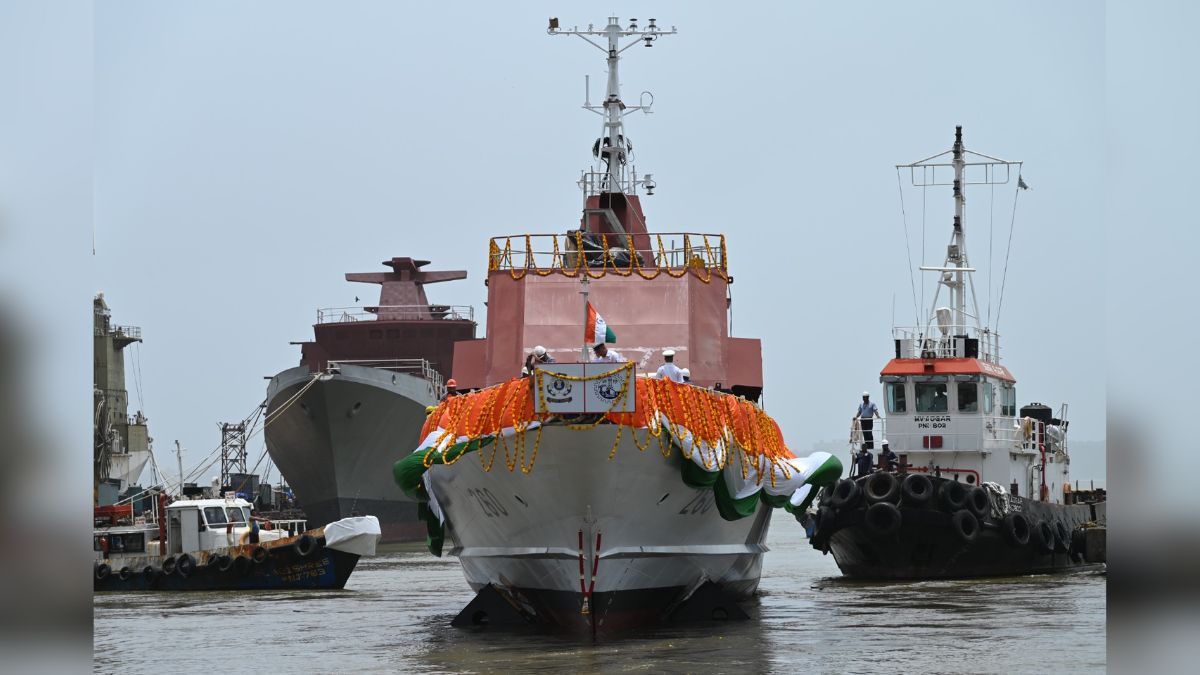DRDO Develops Indigenous Membrane for Seawater Desalination: All You Need To Know

DRDO's new seawater desalination membrane has both military and civilian uses, and is expected to be especially beneficial for the Coast Guard. Image courtesy: RNA
The Defence Research & Development Organisation (DRDO) has developed a high-pressure, nanoporous multilayered polymeric membrane designed for seawater desalination. This innovation aims to improve freshwater production capabilities on Indian Coast Guard (ICG) ships, addressing the challenges of saline environments.
Developed by the Defence Materials Stores and Research & Development Establishment (DMSRDE) in Kanpur, the membrane has undergone initial trials on an Offshore Patrol Vessel (OPV) of the ICG. These tests have shown satisfactory performance, with final operational clearance pending after 500 hours of continuous testing.
What is the purpose of this new membrane?
The newly developed membrane’s primary function is to facilitate seawater’s desalination, converting it into potable water for use aboard ships. This is crucial for the Indian Coast Guard, whose vessels operate extensively in marine environments where access to freshwater is limited.
Traditional desalination systems often face degradation due to the corrosive nature of chloride ions present in seawater. The DRDO’s membrane addresses this issue by incorporating a nanoporous multilayered structure, enhancing its stability and longevity under high-pressure conditions.
How was the membrane tested?
Initial technical trials were conducted by integrating the membrane into the existing desalination system of an ICG Offshore Patrol Vessel. These tests evaluated the membrane’s performance and safety in real-world maritime conditions. The results were entirely satisfactory, indicating the membrane’s potential effectiveness in operational settings.
For comprehensive validation, the membrane is currently undergoing extended testing, totalling 500 hours of continuous operation. This phase is essential to assess its durability and consistent performance over time.
What are the broader implications of this development?
Beyond its immediate application for the Indian Coast Guard, the membrane holds promise for broader use in coastal regions where freshwater scarcity is a concern. With appropriate modifications, it could be adapted for civilian desalination plants, contributing to water security in arid and semi-arid areas.
This development aligns with India’s “Aatmanirbhar Bharat” (self-reliant India) initiative, highlighting indigenous solutions to critical challenges. By reducing dependence on imported technologies for water purification, India can enhance its strategic autonomy and address domestic needs more effectively.
The successful creation and testing of this membrane accentuate the potential of domestic research institutions to develop technologies that meet both defence and civilian requirements.







